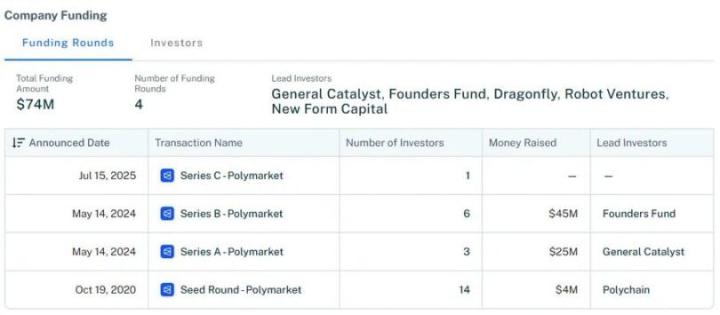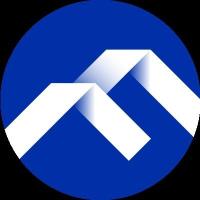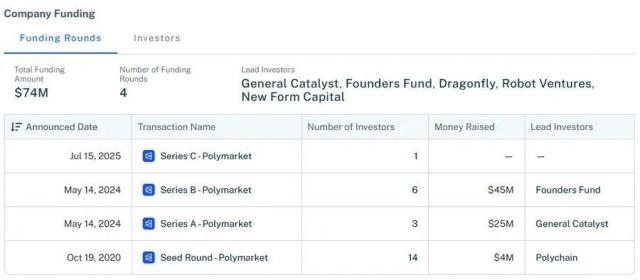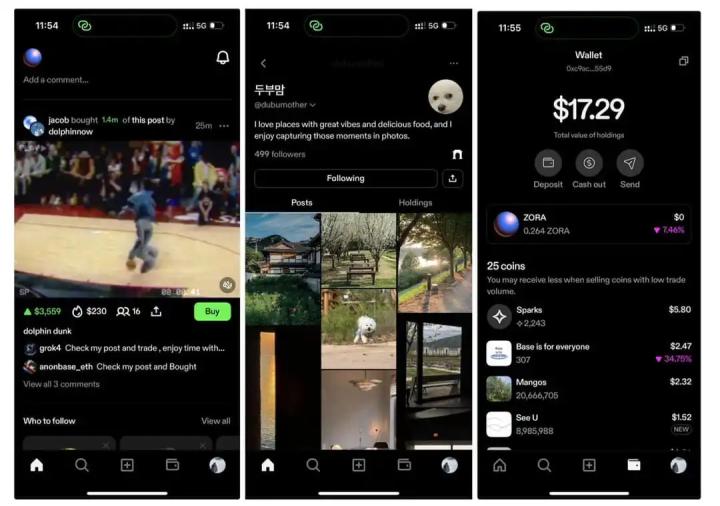KOL from Australia pointed out that some wild groups have targeted Binance Alpha's bonus, aiming to harvest users who are trying to boost Alpha trading volume. They select low-market-cap Alpha tokens, absorb liquidity, and even snatch tokens from project teams to organize liquidity pools. It is understood that the daily yield of Alpha token liquidity pools can reach up to 3%. These wild groups usually earn transaction fee income, and as soon as there's a slight change (such as declining scoring data or increased LP pool competitors), they will dump the token and move on, leaving the criticism for the project team.
Table of Contents
ToggleOrganizing Binance Alpha Liquidity Pool with Daily Yield Reaching 3%?
He stated that these wild groups will seek small market-cap new Alpha tokens, obtaining control rights at low cost (similar to $QUQ) or even snatching tokens from high-control Alpha tokens ($Seraph). Then they control the chart themselves or wait for the project team to control the chart, and then add massive liquidity to attract Alpha users to boost scores or add LP.
Because there are few competitors for small coins' liquidity pools, they can even achieve a daily yield of 3%. If they discover risks emerging (declining trading data, others joining the pool to share money), they directly dump the token and move on to the next. So if you see a small coin on Alpha that not only doesn't drop after an airdrop but even rises, it might not be the project team's goodwill, but wild groups' token sniping.
The Australian master revealed that a high-control token's circulation was only the Binance Alpha airdrop amount, and they found it couldn't be bought back because most were grabbed by wild groups. When the project team adds LP themselves, they discover that only 30% of the pool is theirs, while 70% belongs to wild groups. At this point, what would you do if you were the project team? Dump tokens to wild groups? Then they can't survive in the Binance ecosystem, and the project's career is basically over. Dance with wild groups? Soon they'll dump tokens when they see too many users boosting scores, leaving the project team to be criticized.
Wild Groups Manipulating Alpha Tokens is as Dangerous as Rafting During a Typhoon
Take $QUQ as an example: is a 10 million pool with a 4.7 million circulating market value normal? In Taiwanese internet slang, it's like rafting during a typhoon - an accident could happen anytime. The Australian master revealed he heard that new Alpha project teams are required by Binance Wallet to lock LP pools. From his knowledge, LP depth is often not added by project teams but by wild groups piggybacking. They use robots to monitor token prices and automatically dump tokens at the slightest sign of trouble.
Like $BR's daily $400,000 in transaction fees, it's unclear how much goes into the project team's pocket, but much of it goes to wild groups. So even if project teams are required to lock LP, it doesn't help much. How much can project teams add? At most $1-3 million, while $BR's LP depth is $45 million. Can $45 million all be locked?
Many people boost small coins mainly because market makers control the chart, keeping token prices stable like stablecoins. In this situation, the Australian master suggests boosting $BNB is safer than boosting small coins.
Risk Warning
Cryptocurrency investment carries high risks, and prices may fluctuate dramatically. You may lose all your principal. Please carefully assess the risks.








